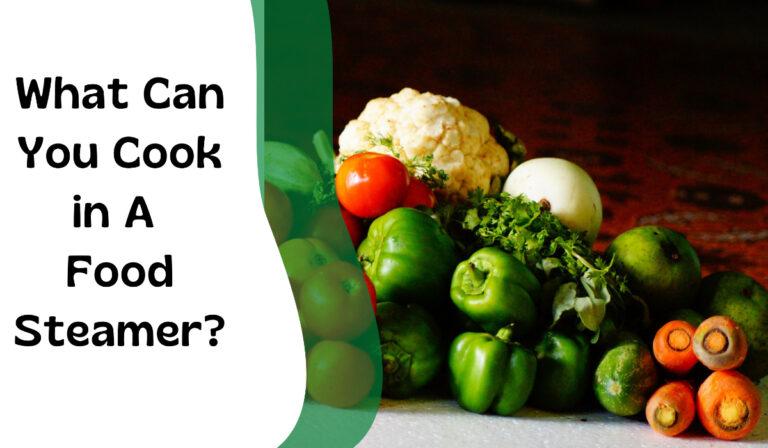Does Pressure Cooking Kill All the Bacteria?
Pressure cooking is the process of preparing food by using water to provide steam that allows for high temperature and pressure cooking in a contained appliance.
Due to the high pressure and temperature environment, pressure cooking kills some bacteria but not all types. How high the temperature and pressure are will determine whether all the bacteria in the food are destroyed.
In most cases, a pressure cooker can kill all bacteria when it’s in a high-pressure setting of 12 to 15psi. The temperature at this pressure range is between 245 to 250°F.
According to the CDC, most bacteria in food start to die at 145°F in cattle meat and fish, and 165°F for poultry and ground meat. In water, bacteria start to die at temperatures of 140 to 150°F.
The duration of pressure cooking also plays a role in killing the bacteria. The minimum cooking time should be 30 minutes.

Does Pressure Cooking Kill Botulism?
Botulism is an illness caused by a nerve toxin originating from Clostridium botulinum bacteria. There are 3 types of botulism wound, food and infant borne.
Points to note when it comes to Botulism, there are 3 aspects to deal with.
- Botulism bacteria (dormant and vegetative form)
- Botulism spores
- Botulism toxin
When pressure cooking, the temperature is sufficient to kill the botulism bacteria and toxin. This is because the bacteria die at the boiling point of water at 212°F while the botulism toxin dies at 185°F when cooking for 10 minutes or more.
The botulism spores on the other hand are harder to get rid of. The spores are protective coatings of the bacteria and help it survive extreme conditions.
To kill the botulism spores, you may need to achieve temperatures of 250°F and above for 10 to 100 minutes depending on the food. This temperature may not be achieved consistently by a pressure cooker.
You may need to use other treatments that reach higher temperatures such as an autoclave or pressure canning.
Does Pressure Cooking Sterilize?
Yes, pressure cooking does sterilize. The majority of the pressure cooker types can be used for this purpose. To sterilize has been made easy with electric pressure cookers that come with the sterilize function.
You’re not only able to sterilize food but items such as baby bottles. However, sterilizing with a pressure cooker is limited to a small number of items.
When you’re sterilizing jars or bottles, add a cup of water to the pressure cooker. Place the items in the pressure cooker.
You can use a steam basket to position the bottles securely. Ensure that the items do not directly touch the bottom of the pressure cooker.
Close the pressure cooker lid and switch it on. If using a stovetop pressure cooker, place it on your preferred cooker and switch on the heat.
Let the pressure cooker achieve its highest-pressure setting (15PSI) for the optimum sterilizing temperature and pressure.
Once down set aside the pressure cooker and let the glasses cool for about 15 minutes.
Read: Can an Instant Pot Pasteurize Milk?
How Long Does It Take a Pressure Cooker to Sterilize?
It takes a pressure cooker 10 to 30 minutes to sterilize depending on what is being sterilized and its quantity.
Conclusion
The temperature and pressure achieved by a pressure cooker do kill most of the bacteria in food and water.
Botulism bacteria and poison can easily be destroyed by pressure cooking. However, the spores of the botulism bacteria are more heat resistant and require higher temperatures for a specific time to die.
You can use a pressure cooker to sterilize. The process is straightforward. It may take about 10 to 30 minutes depending on what you need to be sterilized.
Related Articles:



